View all Standards for Tennessee Theatre Curriculum Standards
5.0 Research Students will research by evaluating and synthesizing cultural and historical information to support artistic choices.

East Meets West: Theatre Traditions
by Marsha Walner
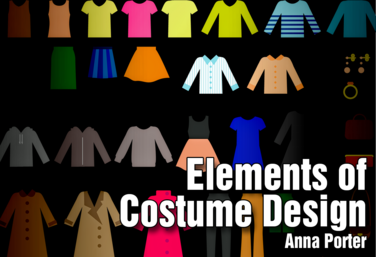
Elements of Costume Design *Hyperdoc
by Anna Porter

Part of the Stagecraft Without a Theatre Curriculum
Elements of Design
by Karen Loftus

Part of the Stagecraft Without a Theatre Curriculum
Scenic Painting
by Holly Beardsley and Karen Loftus
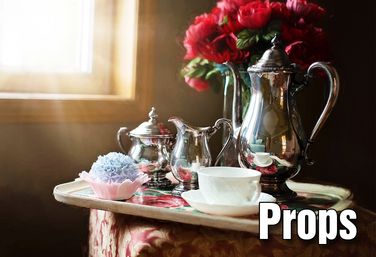
Part of the Stagecraft Without a Theatre Curriculum
Props
by Karen Loftus and Kerry Hishon

Part of the Stagecraft Without a Theatre Curriculum
Lighting
by Karen Loftus, Josh Hatt, and Kerry Hishon

Part of the Stagecraft Without a Theatre Curriculum
Sound
by Karen Loftus and Josh Hatt

Part of the Stagecraft Without a Theatre Curriculum
Costume Design
by Holly Beardsley, Karen Loftus, and Josh Hatt

Part of the Stagecraft Without a Theatre Curriculum
Culminating Project
by Karen Loftus
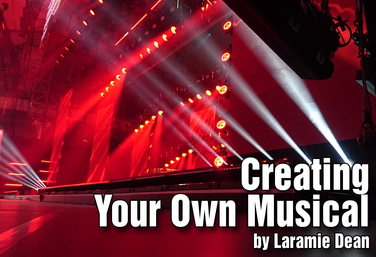
Creating Your Own Musical
by Laramie Dean
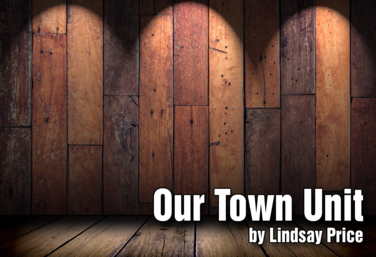
Our Town Unit
by Lindsay Price

Pre-Lighting Design
by Kerry Hishon
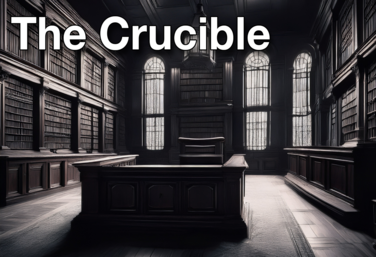
The Crucible Unit
by Lindsay Price
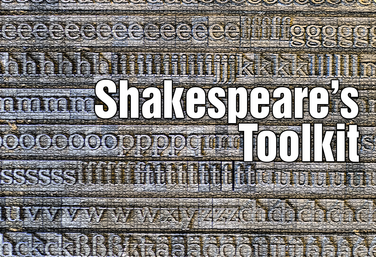.png)
Shakespeare's Toolkit
by Todd Espeland
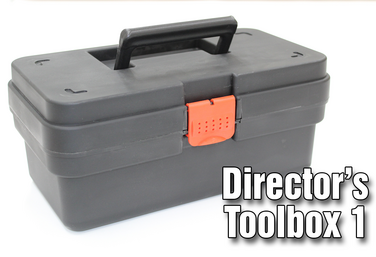
Director's Toolbox 1: Teaching Students to Direct
by James Van Leishout
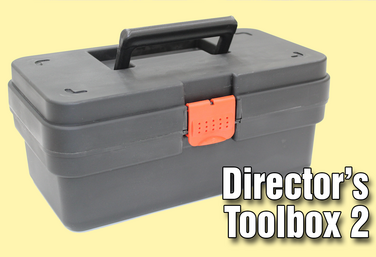
Director's Toolbox 2: Teaching Students to Direct
by James Van Leishout
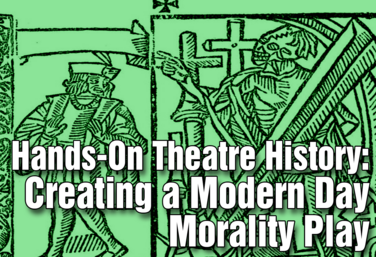
Hands-On Theatre History: Creating a Modern Day Morality Play
by Wendy-Marie Martin
View all Standards for Tennessee Theatre Curriculum Standards Standards Master List